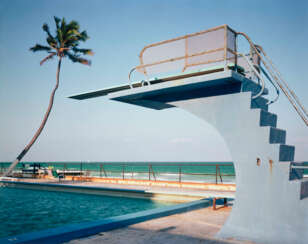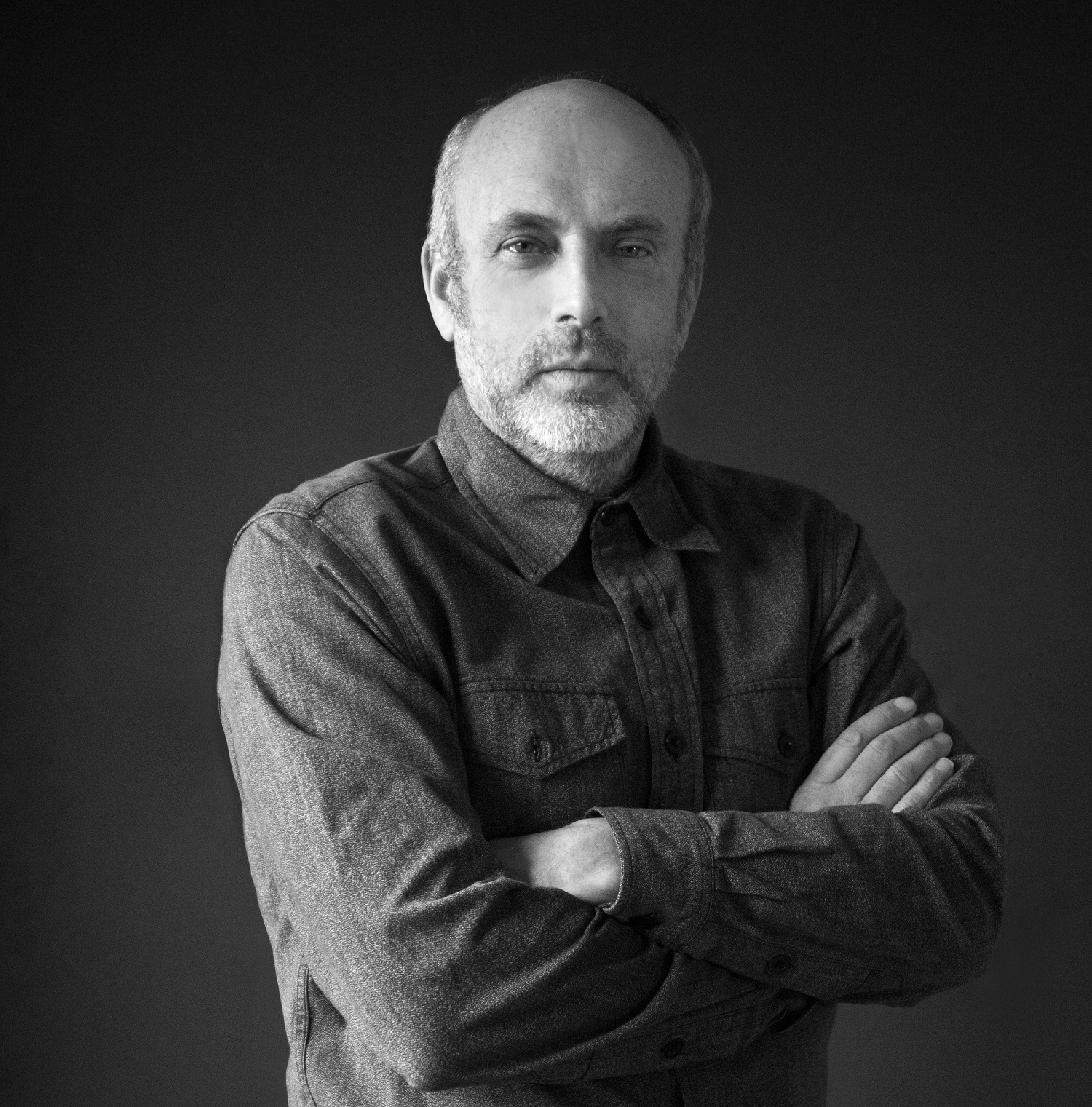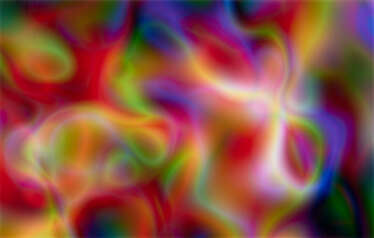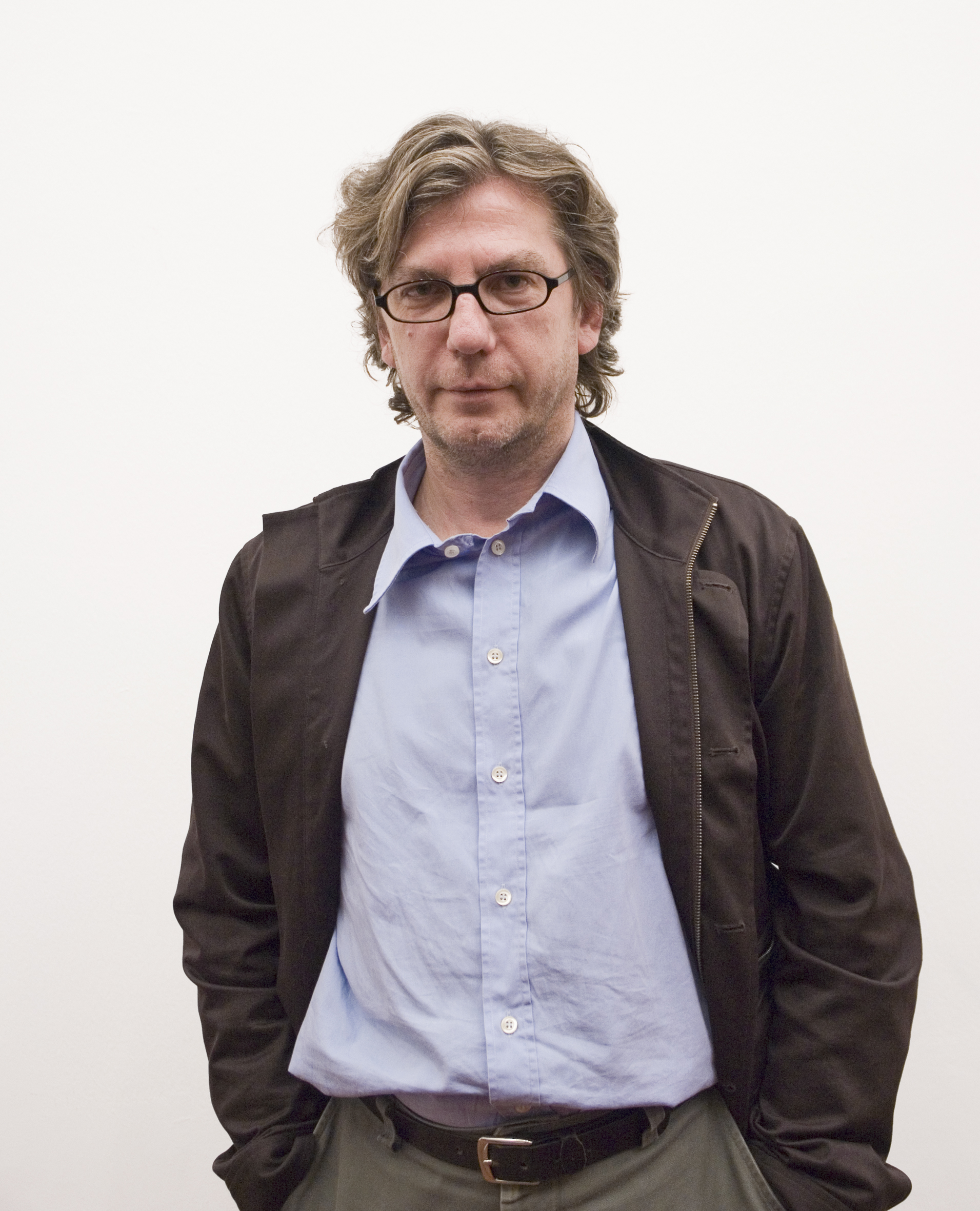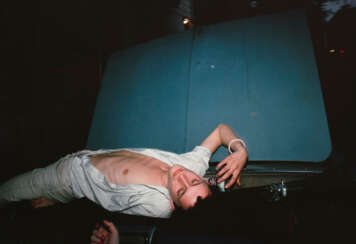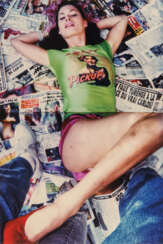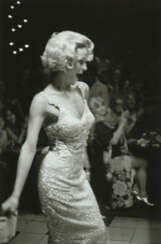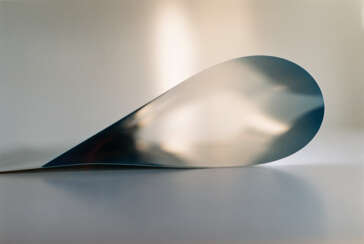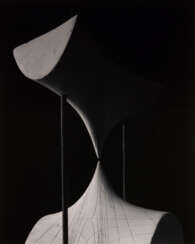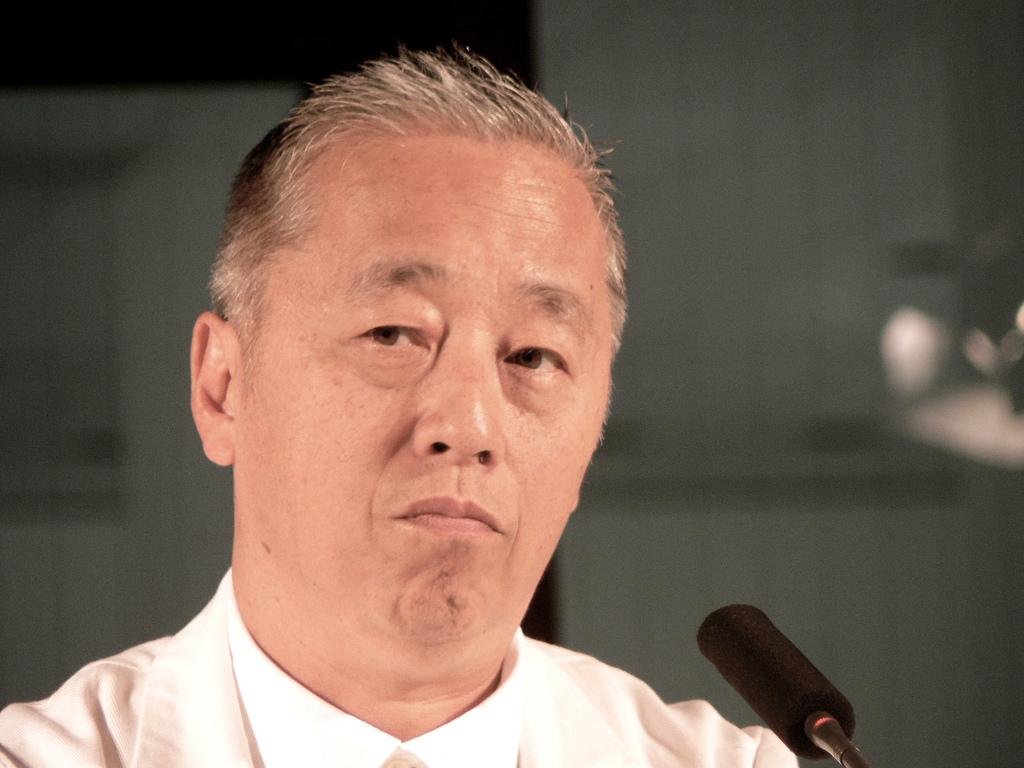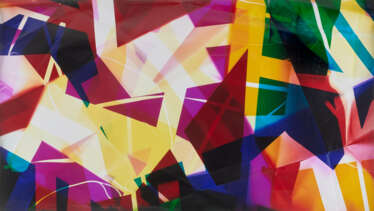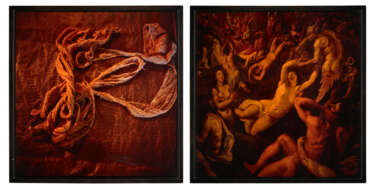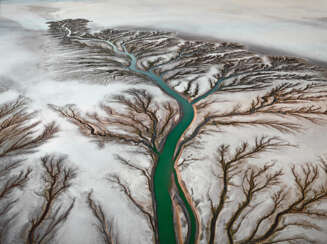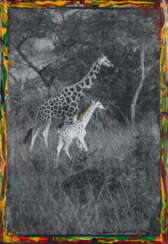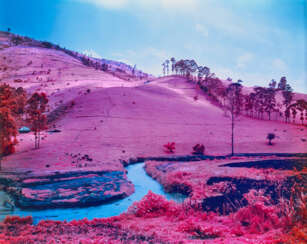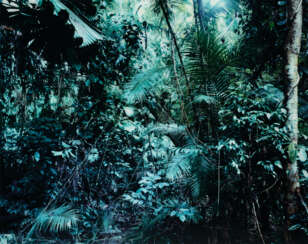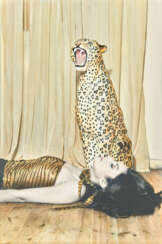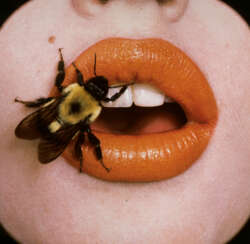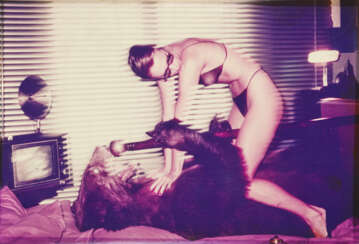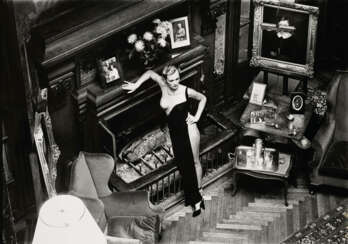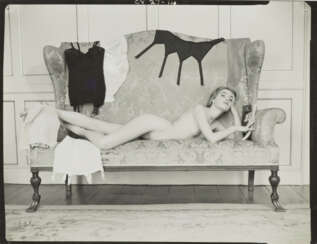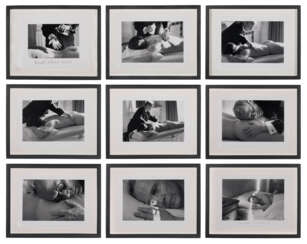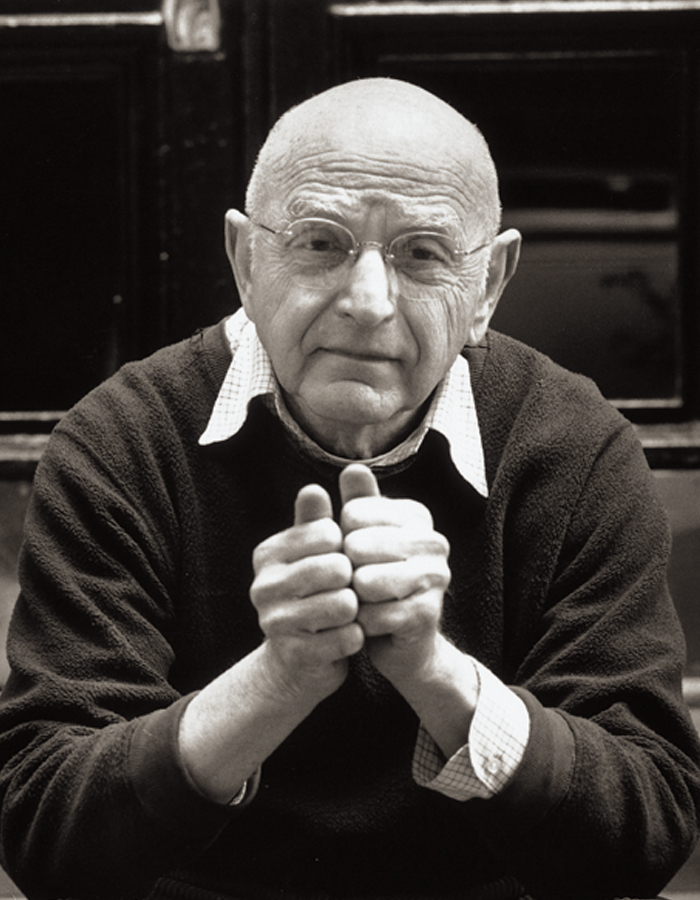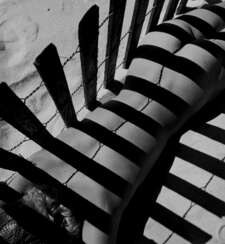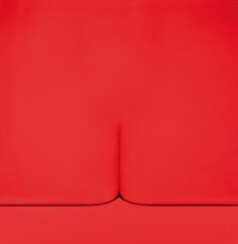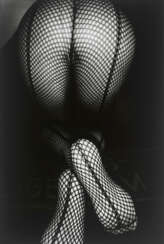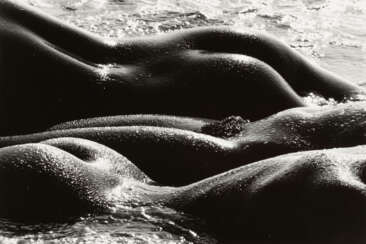
Photographies
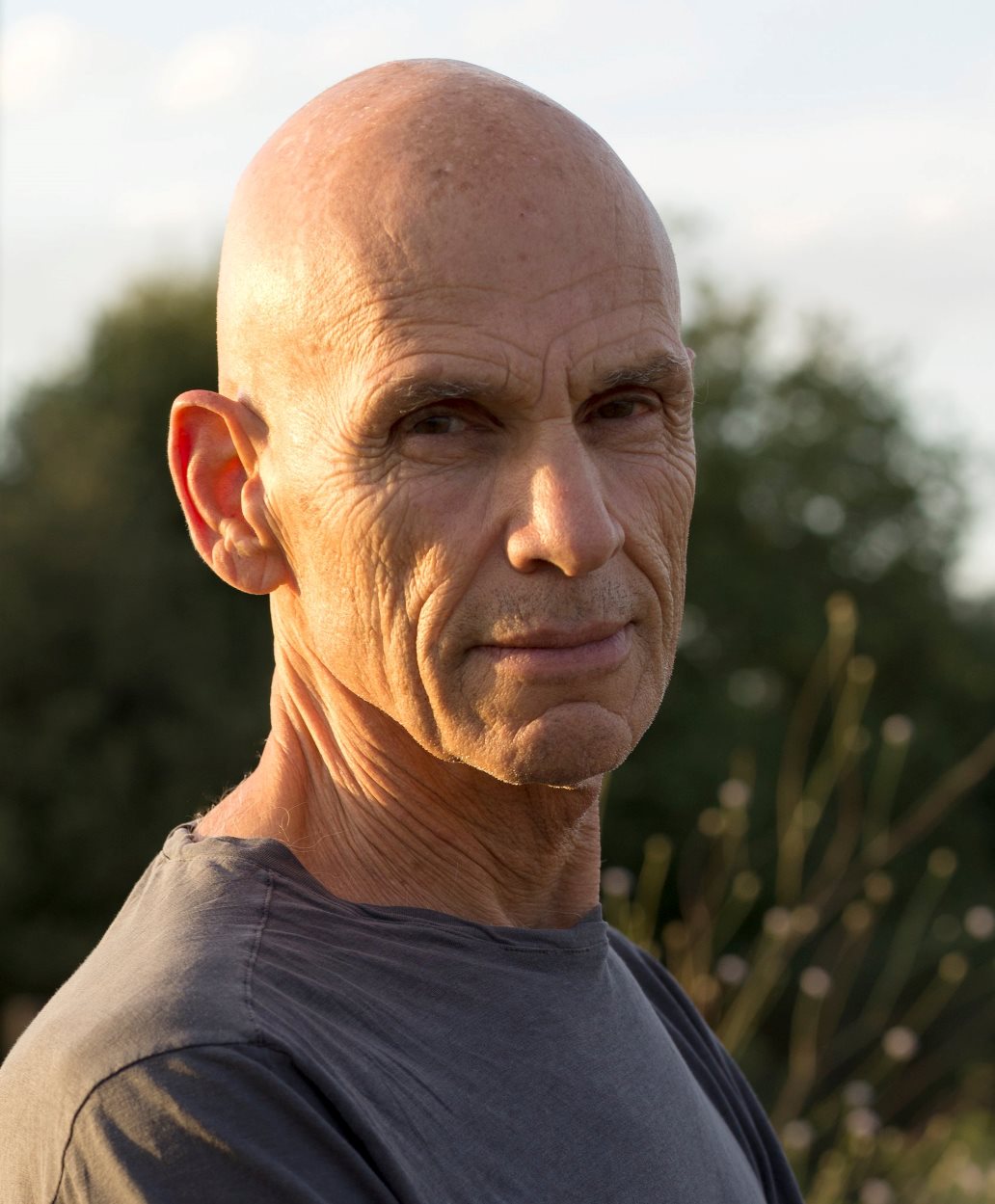
Joel Meyerowitz is an American street, portrait and landscape photographer and a pioneer of color photography. He lives and works in New York and London.
Meyerowitz became interested in color photography in 1962, when color photography was not yet considered serious art. There have been documentaries about him, and he is the author of 43 books, including one on the art of photography. Meyerowitz was the only photographer who received official permission to photograph the aftermath of the September 11, 2001 attacks in New York.
Meyerowitz continues to be an inspiration and a leader in photography today.
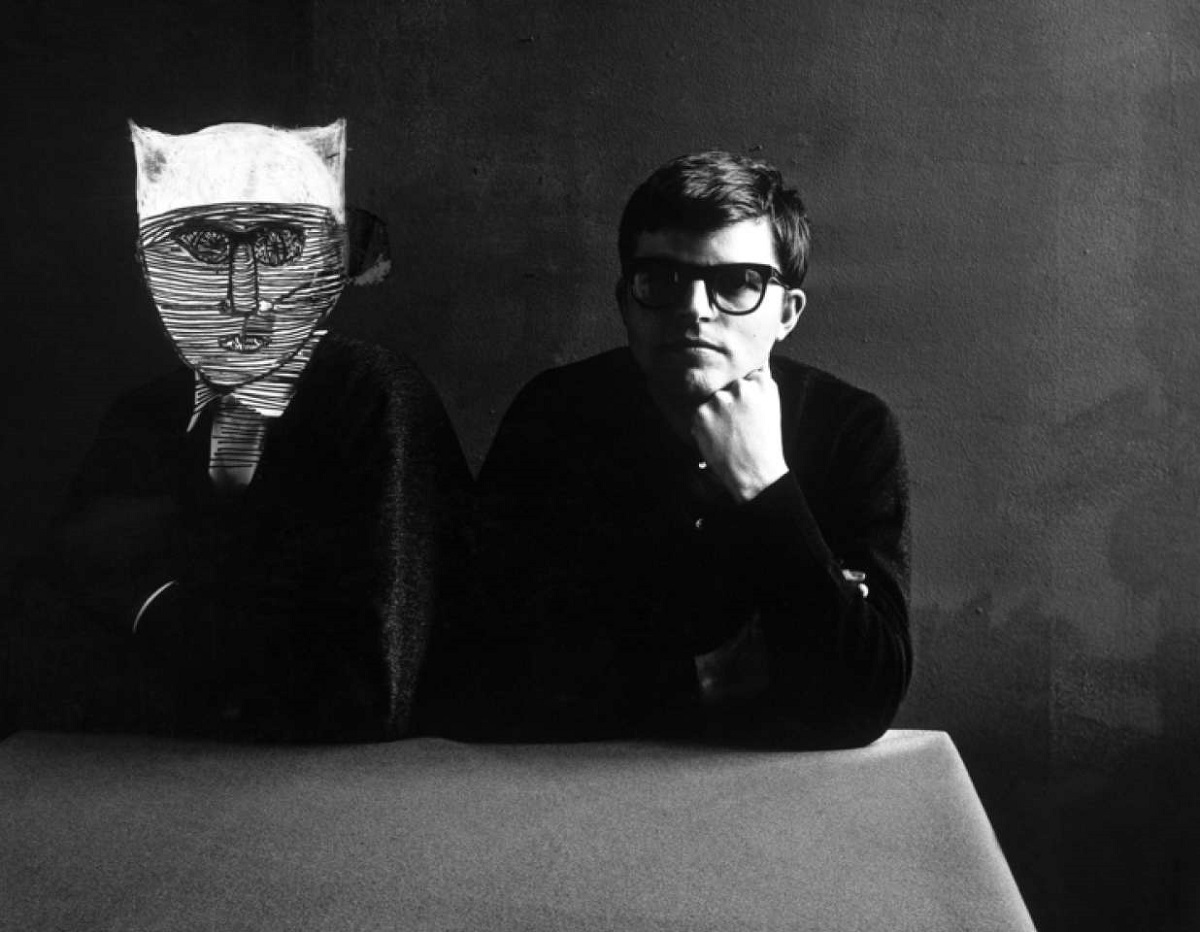
Guy Bourdin was a French photographer and artist who is best known for his innovative and provocative fashion photography in the mid-20th century. He was began his career as a painter before turning to photography.
Bourdin's photographic style was characterized by his use of bold colors, surreal imagery, and provocative themes. He often incorporated elements of eroticism and violence into his work, challenging traditional ideas about beauty and femininity.
Bourdin's photographs were widely published in fashion magazines such as Vogue, and he became known for his collaborations with fashion designers such as Charles Jourdan and Issey Miyake. His work was highly influential, and he is considered one of the most important fashion photographers of the 20th century.
Bourdin's legacy as an artist and photographer continues to inspire new generations of artists. His innovative techniques and bold aesthetic continue to push the boundaries of fashion photography and have had a significant impact on contemporary art and culture.

Nan Goldin is an acclaimed American photographer renowned for her profound visual narratives that delve into her personal world, marked by themes of addiction, sexuality, and intimate relationships. Born in Washington, D.C., in 1953, Goldin's journey into photography began in the early 1970s, capturing the lives of those around her, forming a "substitute family" amid a backdrop of drugs, sex, and violence.
One of Goldin's most celebrated works, "The Ballad of Sexual Dependency" (1986), is a raw and intimate portrayal of her "tribe," documenting their lives through the late 70s and early 80s in New York City. This work, initially presented as a slideshow, captures moments of love, sexuality, and domestic life, transcending into a poignant narrative of the era's challenges, particularly the AIDS crisis.
Throughout her career, Goldin's photography has continued to evolve, exploring various themes and mediums, including film. Her work, deeply personal and often autobiographical, challenges conventional perceptions of beauty, identity, and relationships, offering a window into the complexities of human connection and the essence of her subjects.
Goldin's influence extends beyond the art world, with her activism, particularly against the opioid crisis, marking another significant chapter in her journey. Her profound empathy and commitment to portraying the raw, unfiltered realities of life resonate through her extensive body of work, which continues to be celebrated in exhibitions and collections globally.
For art collectors and enthusiasts, Goldin's work offers not just aesthetic value but also deep emotional and historical resonance. To stay informed about Nan Goldin's works and related updates, signing up for newsletters from prominent galleries or her exhibitions could provide valuable insights and opportunities for engagement with her art.
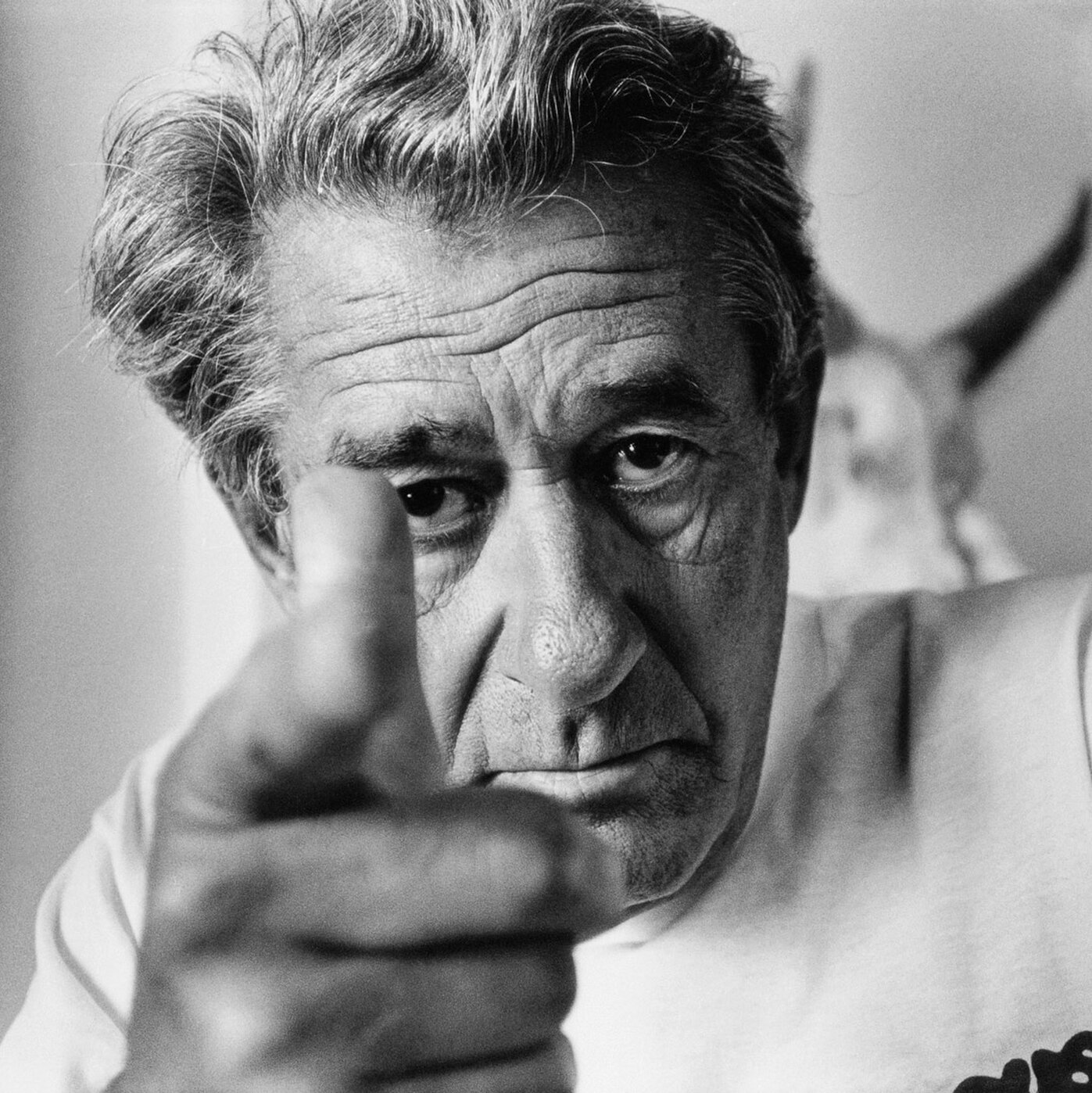
Helmut Newton (born Helmut Neustädter) was a German-Australian photographer. The New York Times described him as a "prolific, widely imitated fashion photographer whose provocative, erotically charged black-and-white photos were a mainstay of Vogue and other publications."

Nan Goldin is an acclaimed American photographer renowned for her profound visual narratives that delve into her personal world, marked by themes of addiction, sexuality, and intimate relationships. Born in Washington, D.C., in 1953, Goldin's journey into photography began in the early 1970s, capturing the lives of those around her, forming a "substitute family" amid a backdrop of drugs, sex, and violence.
One of Goldin's most celebrated works, "The Ballad of Sexual Dependency" (1986), is a raw and intimate portrayal of her "tribe," documenting their lives through the late 70s and early 80s in New York City. This work, initially presented as a slideshow, captures moments of love, sexuality, and domestic life, transcending into a poignant narrative of the era's challenges, particularly the AIDS crisis.
Throughout her career, Goldin's photography has continued to evolve, exploring various themes and mediums, including film. Her work, deeply personal and often autobiographical, challenges conventional perceptions of beauty, identity, and relationships, offering a window into the complexities of human connection and the essence of her subjects.
Goldin's influence extends beyond the art world, with her activism, particularly against the opioid crisis, marking another significant chapter in her journey. Her profound empathy and commitment to portraying the raw, unfiltered realities of life resonate through her extensive body of work, which continues to be celebrated in exhibitions and collections globally.
For art collectors and enthusiasts, Goldin's work offers not just aesthetic value but also deep emotional and historical resonance. To stay informed about Nan Goldin's works and related updates, signing up for newsletters from prominent galleries or her exhibitions could provide valuable insights and opportunities for engagement with her art.
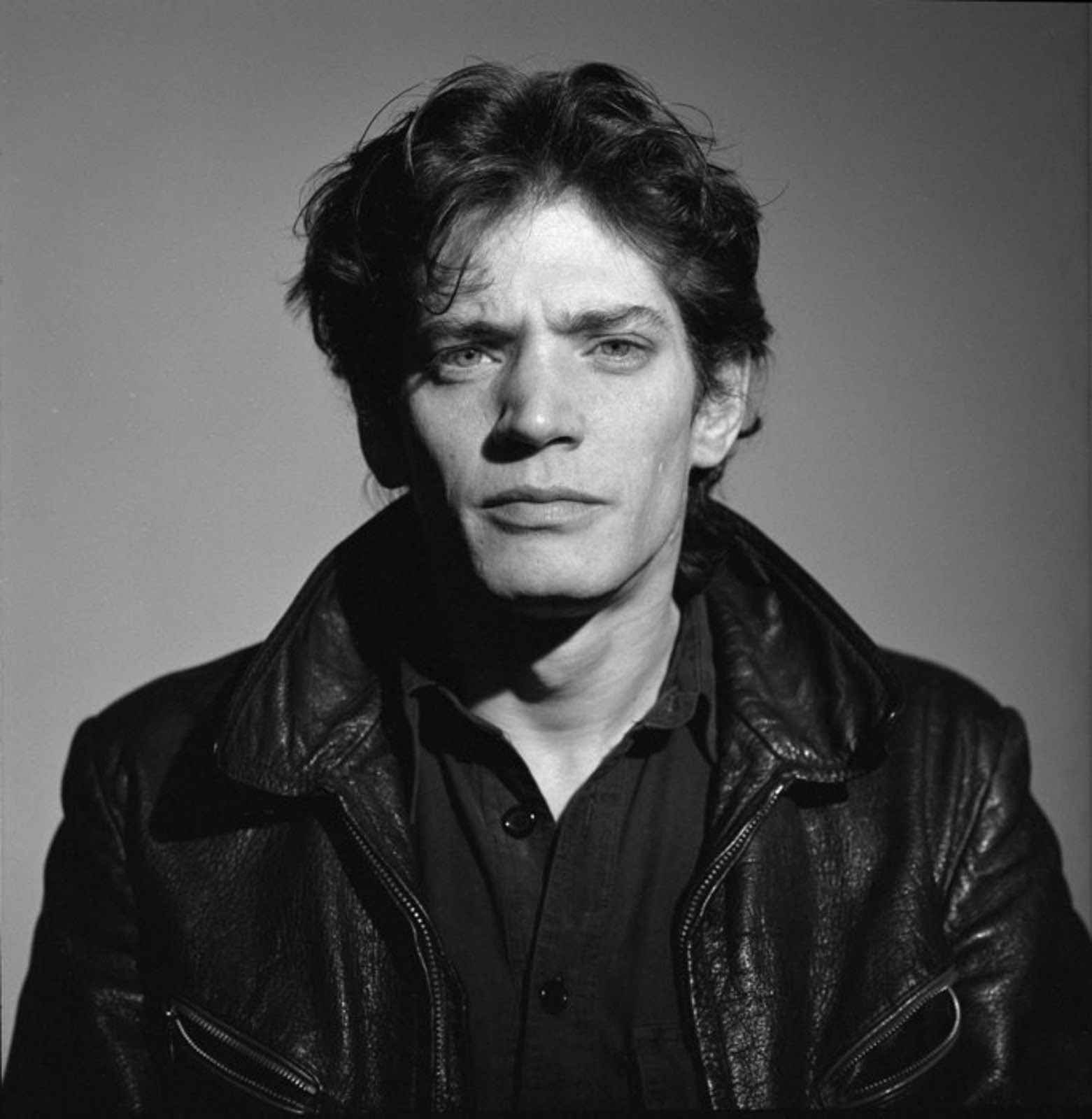
Robert Mapplethorpe was an American photographer, celebrated for his black-and-white photographs that captured a range of subjects including celebrity portraits, male and female nudes, self-portraits, and still-life images. Born in New York in 1946, Mapplethorpe's work is renowned for its technical precision, formal elegance, and controversial content, particularly his documentation of the gay male BDSM subculture and his erotic art. His body of work not only includes provocative themes but also more traditional subjects like flowers, showcasing his versatile artistic talent.
Robert Mapplethorpe's education at Pratt Institute in Brooklyn was foundational to his artistic journey, where he met Patti Smith and began his explorations in photography, initially through Polaroid camera use before advancing to more sophisticated techniques. His collaboration with Lisa Lyon, the first World Women's Bodybuilding Champion, and his retrospectives at significant institutions like the Whitney Museum of American Art highlight his broad artistic impact and continued influence in the art world. Despite his premature death in 1989 due to complications from AIDS, Mapplethorpe's legacy endures, supported by the Robert Mapplethorpe Foundation which promotes photography and funds medical research.
For collectors and experts in art and antiques, Robert Mapplethorpe's work remains a testament to the power of photography as a medium of both aesthetic beauty and provocative commentary. To stay updated on sales and auction events related to Robert Mapplethorpe's works, sign up for updates to not miss out on owning a piece of this influential artist's legacy.
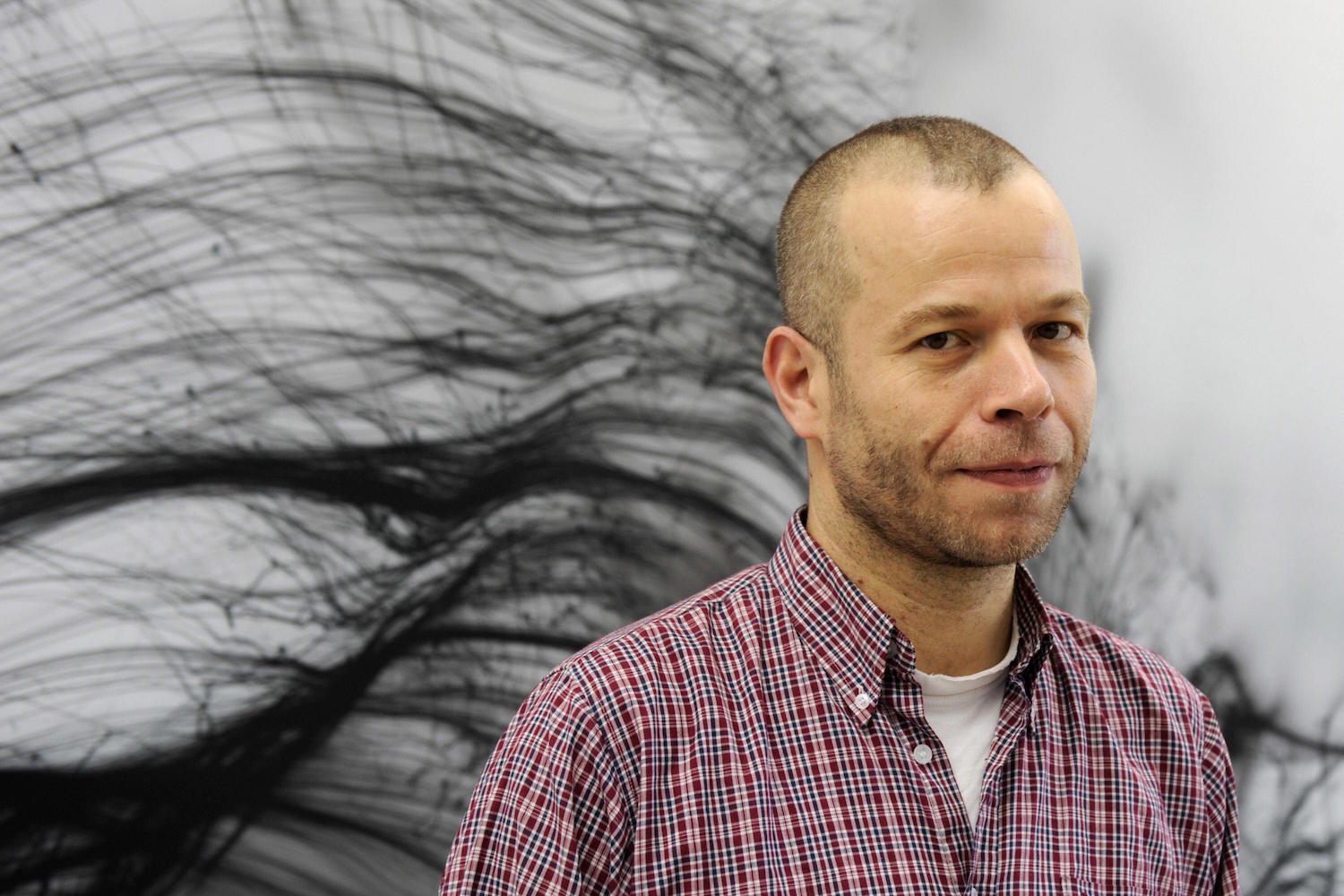
Wolfgang Tillmans is a German photographer. His diverse body of work is distinguished by observation of his surroundings and an ongoing investigation of the photographic medium’s foundations.
Tillmans was the first photographer – and also the first non-British person – to be awarded the Tate annual Turner Prize. He has also been awarded the Hasselblad Award, the Royal Photographic Society's Centenary Medal, the Royal Academy Summer Exhibition's Charles Wollaston Award, The Culture Prize of the German Society for Photography, and is an Academician of the Royal Academy of Arts, London.
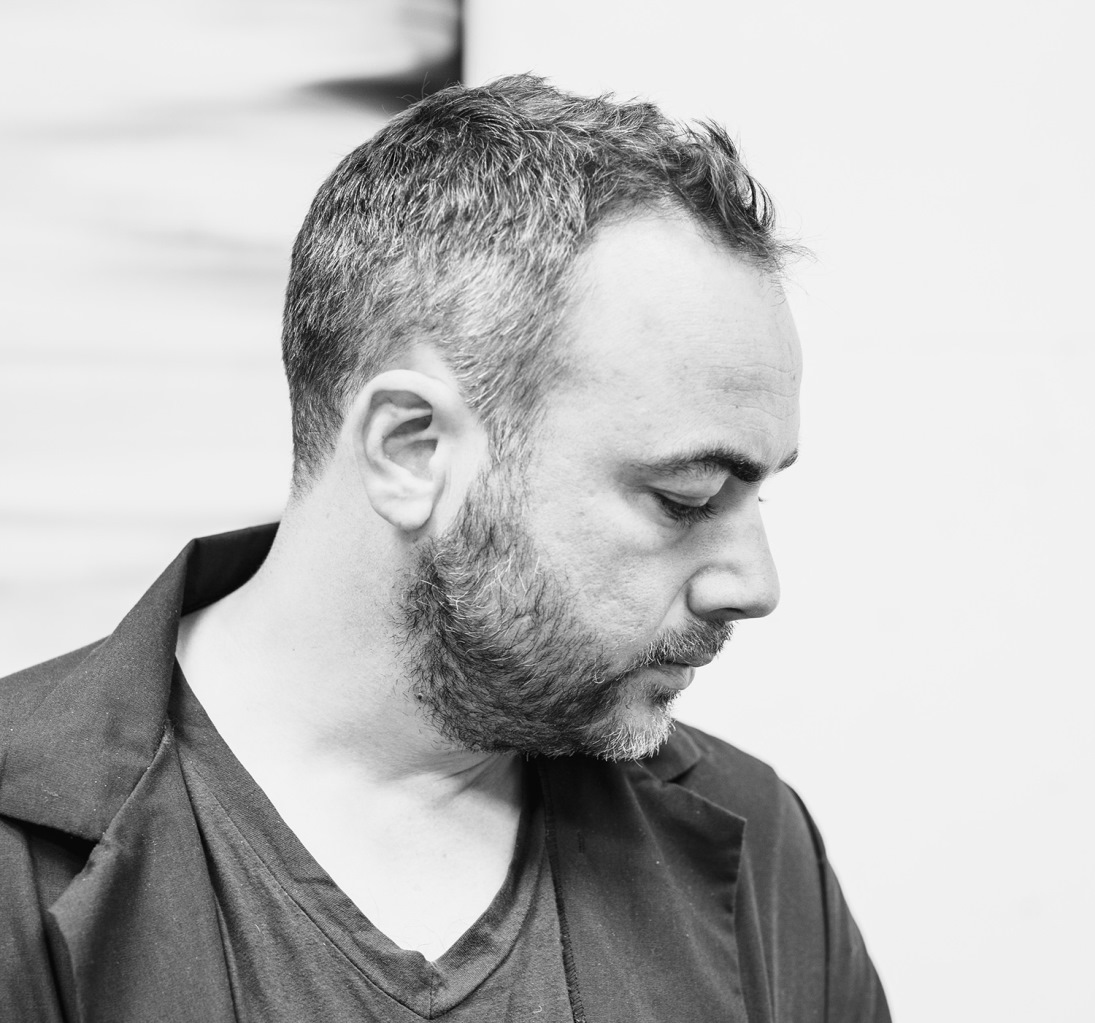
Walead Beshty is an American conceptual artist, photographer, sculptor and writer who lives and works in Los Angeles.
Born in London, Great Britain, he studied at Bard College and received a Master of Fine Arts degree from Yale University in 2002, and holds academic positions at universities across the United States.
Beschty is best known for his work in photography, but his creative interest spans a wide range, including sculpture, painting, installation and video. For example, in one of his popular works, the artist mails a series of glass windows of various sizes in cardboard boxes, and then displays the cracked and broken windows, damaged in transit, over the boxes in which they were packed.
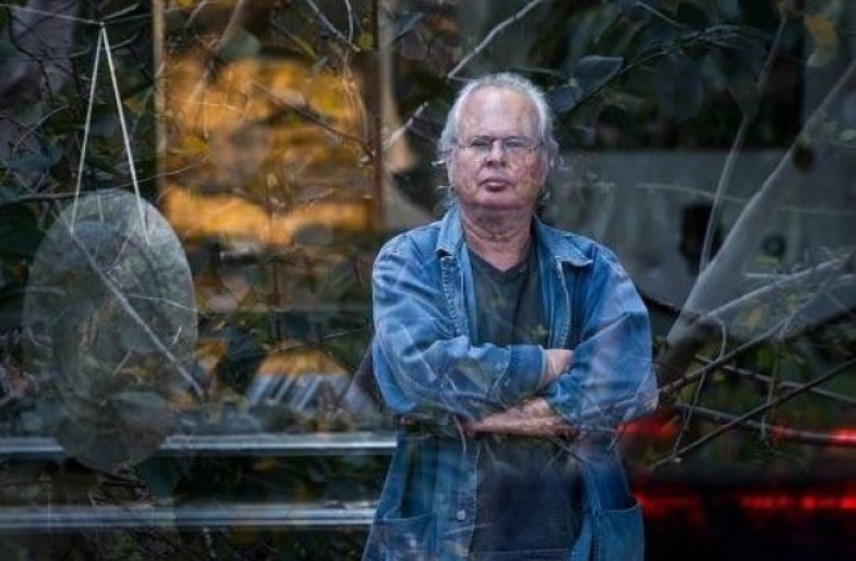
Miguel Rio Branco, full name Miguel da Silva Paranhos do Rio Branco, is a Brazilian photographer, artist, director and creator of multimedia installations.
His father was a diplomat and as a child Miguel lived in Spain, Portugal, Switzerland and the USA, now living and working in Rio de Janeiro, Brazil. After earning a degree in photography from the New York Institute of Photography, Miguel first worked as a cameraman and then worked with the Magnum agency. Miguel is known for exploring and crossing two different art forms: painting and photography. He has also shot 14 short films and eight long films, he is recognized in the world as one of the best color photojournalists.
Miguel Rio Branco's photographs are part of the collections of the Museum of Modern Art and the Metropolitan Museum of Art in New York.
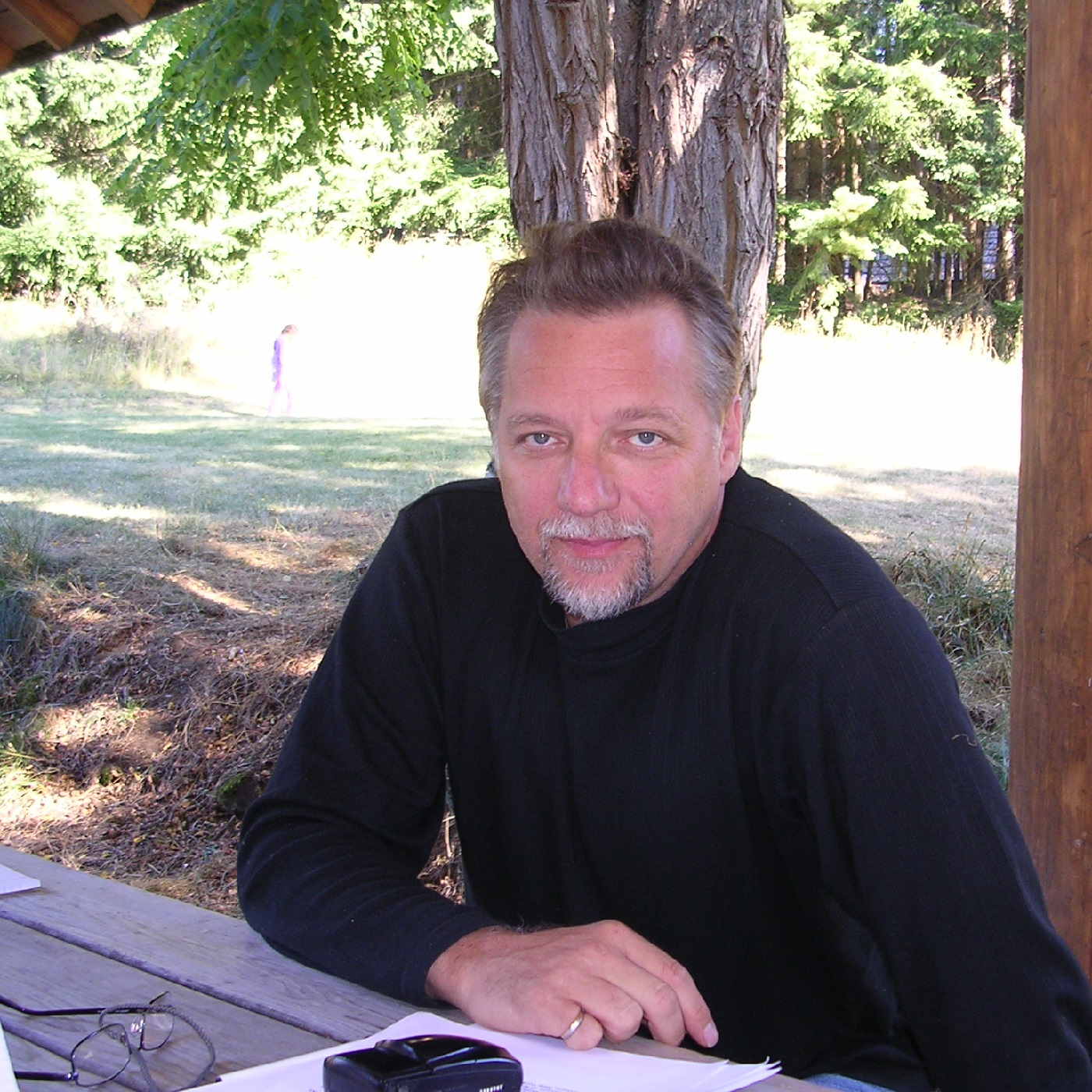
Edward Burtynsky is a Canadian photographer and artist known for his large format photographs of industrial landscapes. His works depict locations from around the world that represent the increasing development of industrialization and its impacts on nature and the human existence. It is most often connected to the philosophical concept of the sublime, a trait established by the grand scale of the work he creates, though they are equally disturbing in the way they reveal the context of rapid industrialization.
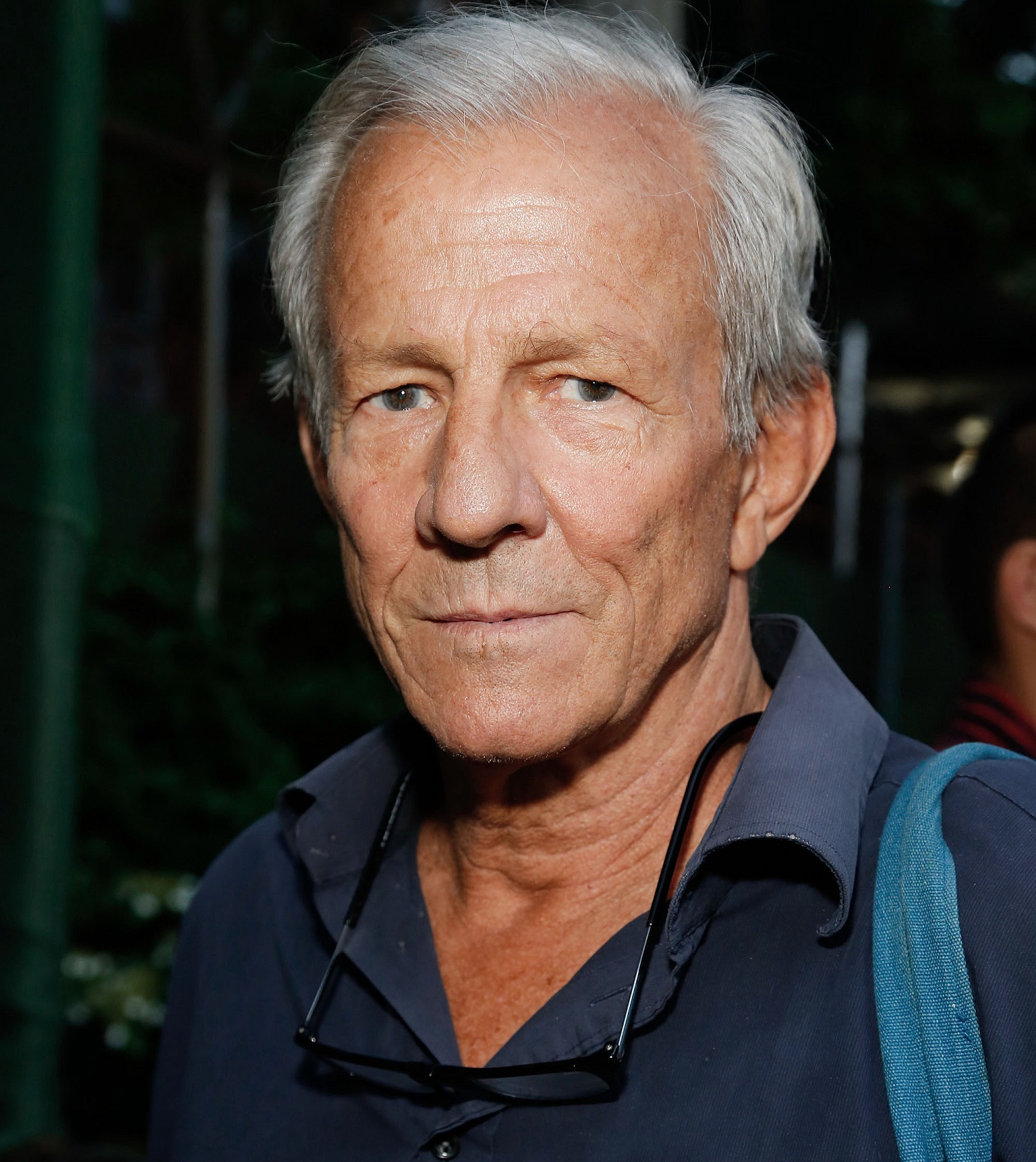
Peter Hill Beard was an American artist, photographer, diarist, and writer who lived and worked in New York City, Montauk and Kenya. His photographs of Africa, African animals and the journals that often integrated his photographs, have been widely shown and published since the 1960s.

Peter Hill Beard was an American artist, photographer, diarist, and writer who lived and worked in New York City, Montauk and Kenya. His photographs of Africa, African animals and the journals that often integrated his photographs, have been widely shown and published since the 1960s.
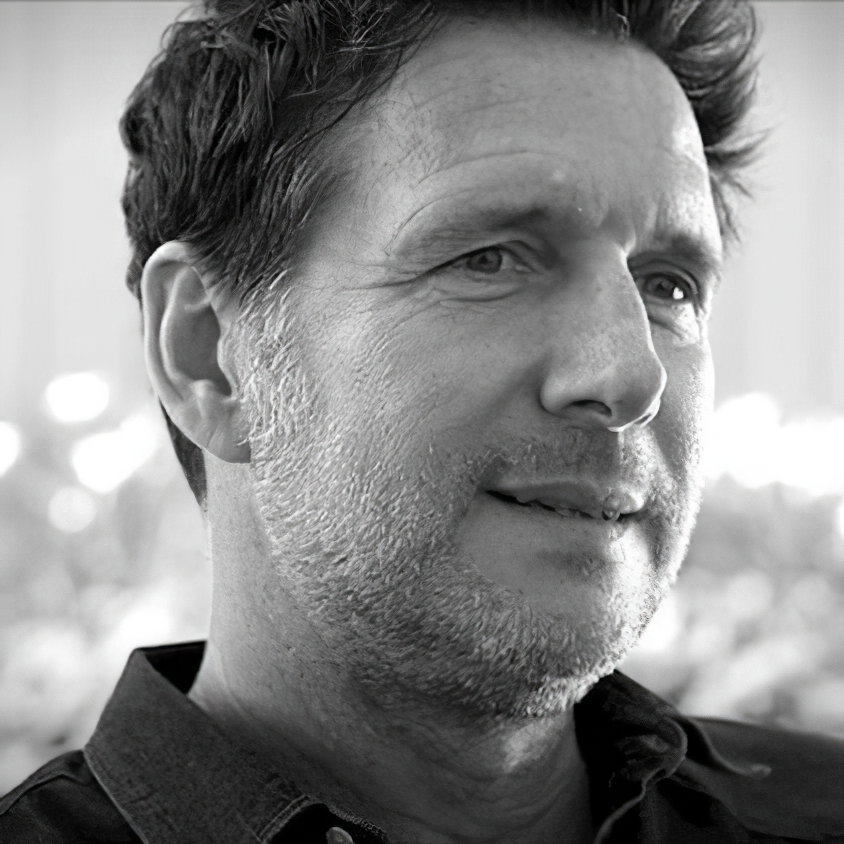
Nick Brandt is a British photographer. He is known for his black and white photographs of wildlife and landscapes in Africa.
Brandt began his career in photography working as a music video director in the 1990s before transitioning to fine art photography. His work often depicts the animals of Africa in a powerful and emotive way, highlighting the beauty and fragility of these creatures and their natural habitats.
Brandt's photographs have been widely exhibited and are included in the collections of many major museums, including the National Portrait Gallery in London, the Museum of Fine Arts in Houston, and the Smithsonian National Museum of African Art in Washington, D.C. He has also published several books of his photography, including "On This Earth," "A Shadow Falls," and "Across The Ravaged Land."
In addition to his photography, Brandt is also the founder of the Big Life Foundation, a non-profit organization dedicated to the conservation of wildlife and ecosystems in East Africa. He has received numerous awards and honors for his photography and conservation work, including the prestigious Wildlife Photographer of the Year award.
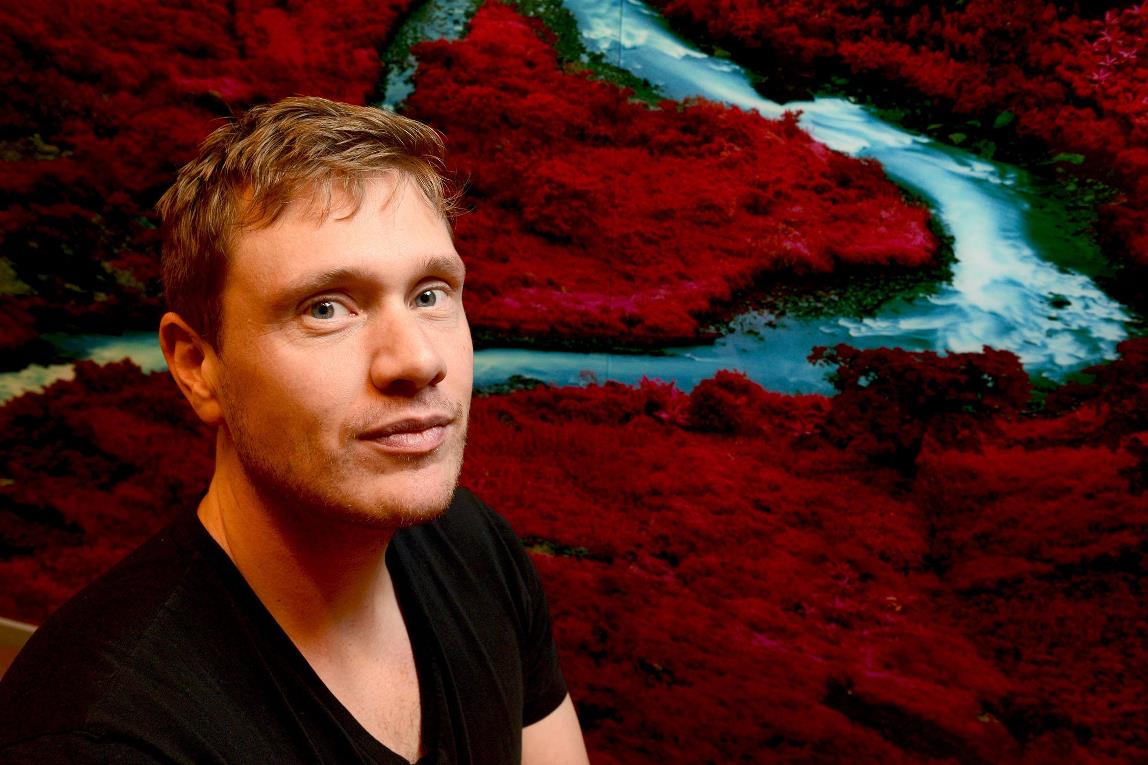
Richard Mosse is an Irish conceptual documentary photographer living in New York and Ireland.
He has a BA from King's College London and an MA in Photography from Yale University and has worked in Iraq, Iran, Pakistan, Palestine, Haiti and the former Yugoslavia. Moss' photographs and films document armed conflicts, humanitarian crises and environmental crimes.
Moss works to visualize events, technologies and systems that often remain invisible, using a camera equipped with thermal imaging technology that obscures, abstracts and brings violence to the fore.
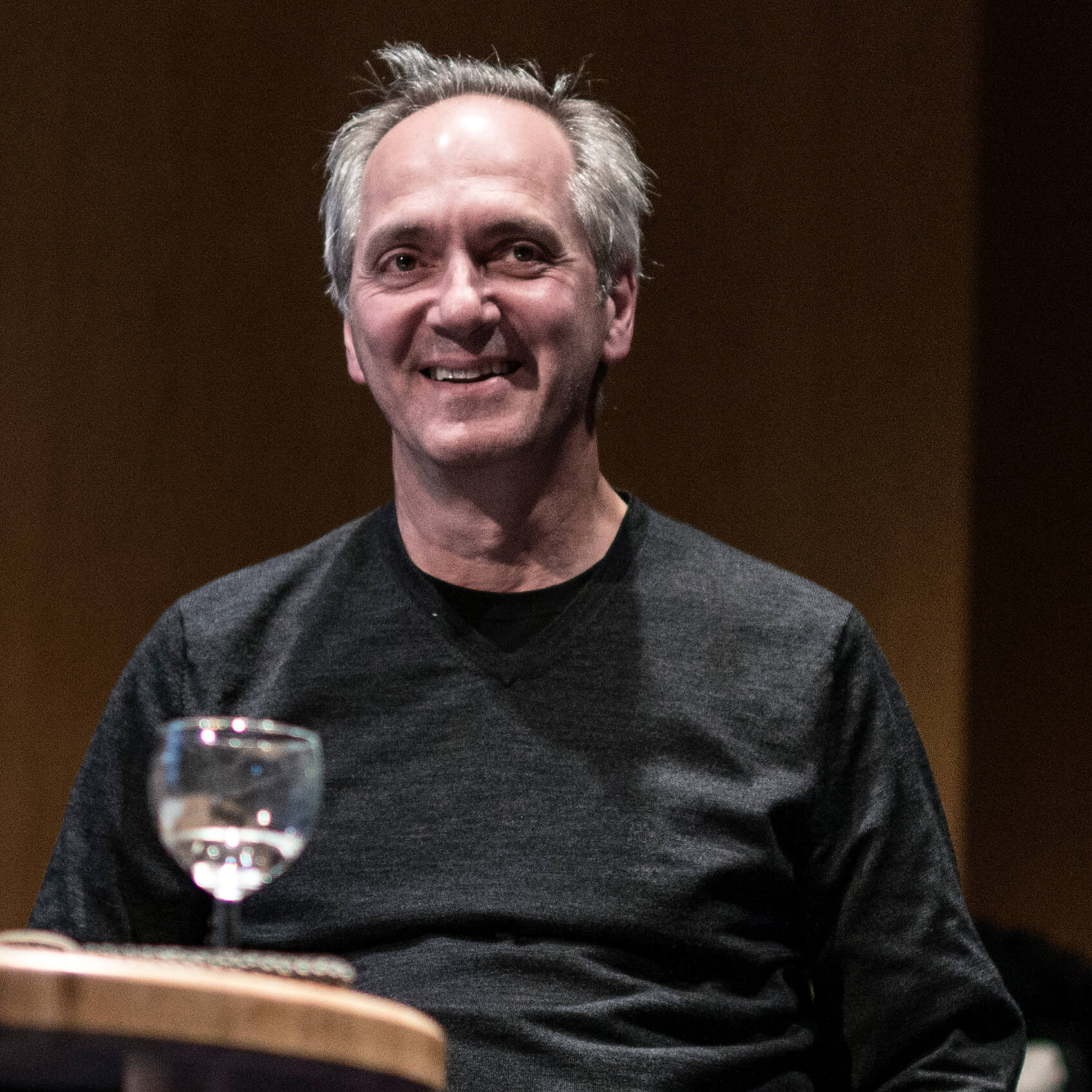
Thomas Struth is a German photographer who is best known for his Museum Photographs series, family portraits and black and white photographs of the streets of Düsseldorf and New York taken in the 1970s. Struth lives and works in Berlin and New York.
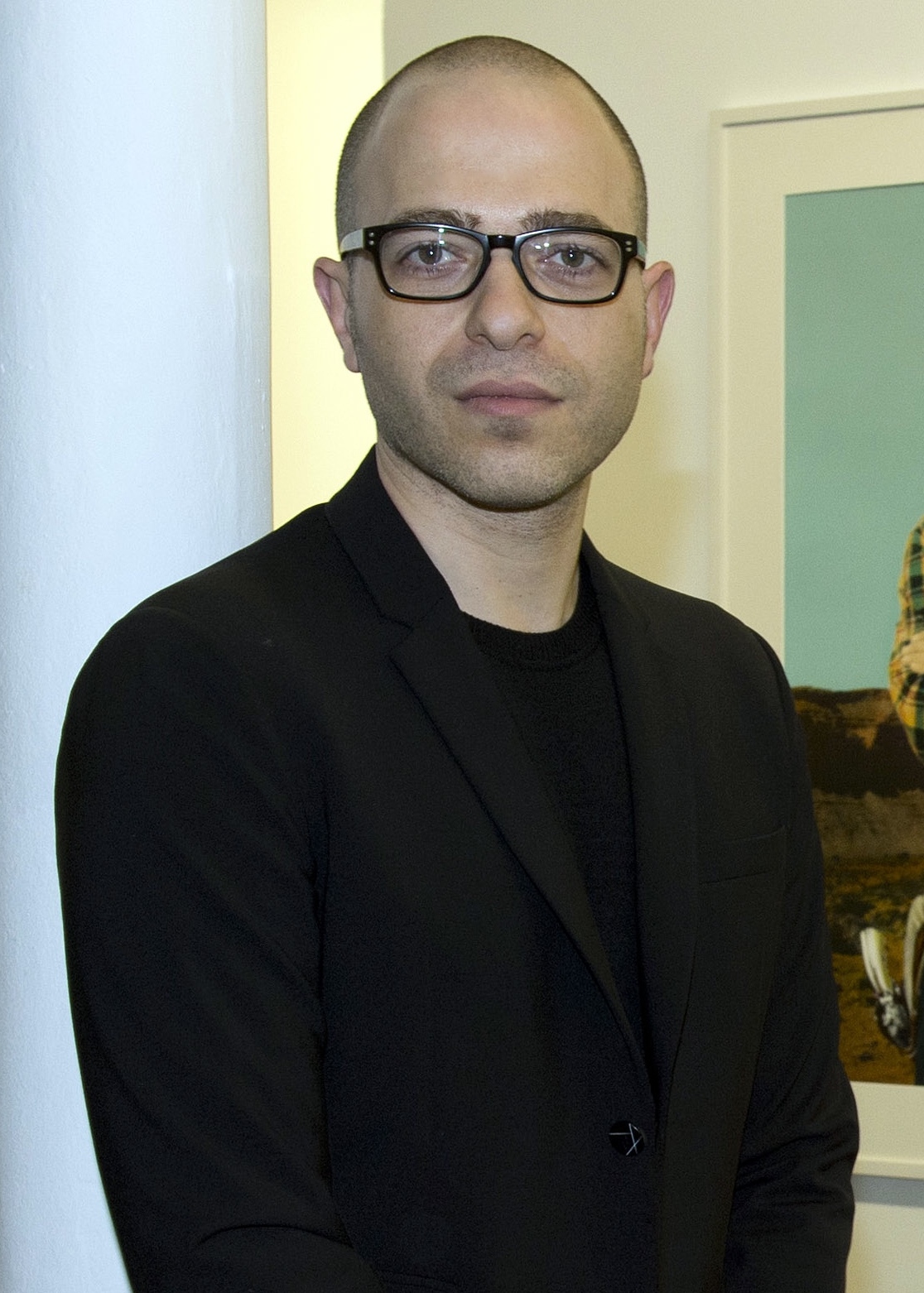
Youssef Nabil is an Egyptian photographer and artist living and working in Paris and New York. His work includes photography, painting, video and installations.
Nabil grew up in Cairo on films made during the golden age of Egyptian cinema, which strongly influenced his tastes. Nabil's distinctive technique of hand-colored silver-gelatin prints erases the stains of reality. Nabil shatters common notions of color photography and painting, as well as notions of the aesthetic sensibilities associated with art and pop culture.
Nabil is known for his photographs of Egyptian and international celebrities: Catherine Deneuve, Omar Sharif, Tracey Emin, Zaha Hadid, Robert De Niro and Marina Abramovic are just some of the many icons of the art and film world that Nabil has captured. Like all of his photographs, each portrait is made in the characteristic technique of hand-colored silver-gelatin prints. Nabil's numerous self-portraits reflect his feelings of loneliness, exile and longing. They also play with the notion of time. There is no time in Nabil's work; he lives and dwells in some other world of dreams.
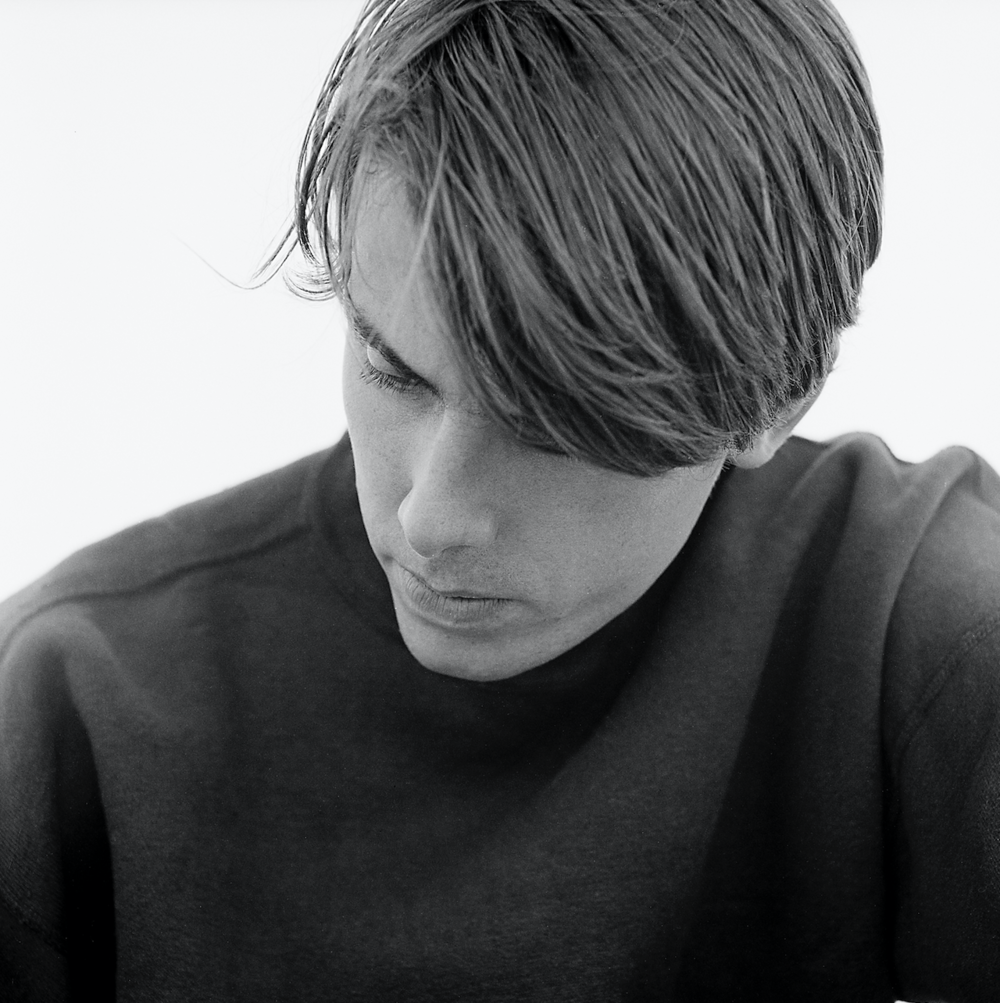
Chris von Wangenheim is a German fashion photographer and one of the most avant-garde image-makers of the 20th century.
In his relatively short career (1968 to 1981) Chris von Wangenheim created legendary images for all the leading fashion publications of the 70's including Vogue, Harper's Bazaar and Interview. He also created unforgettable ad campaigns for Valentino, Dior, Calvin Klein and Revlon.
At the height of his success, Chris died in a car accident in 1981 at the age of 39, leaving behind a tremendous legacy.
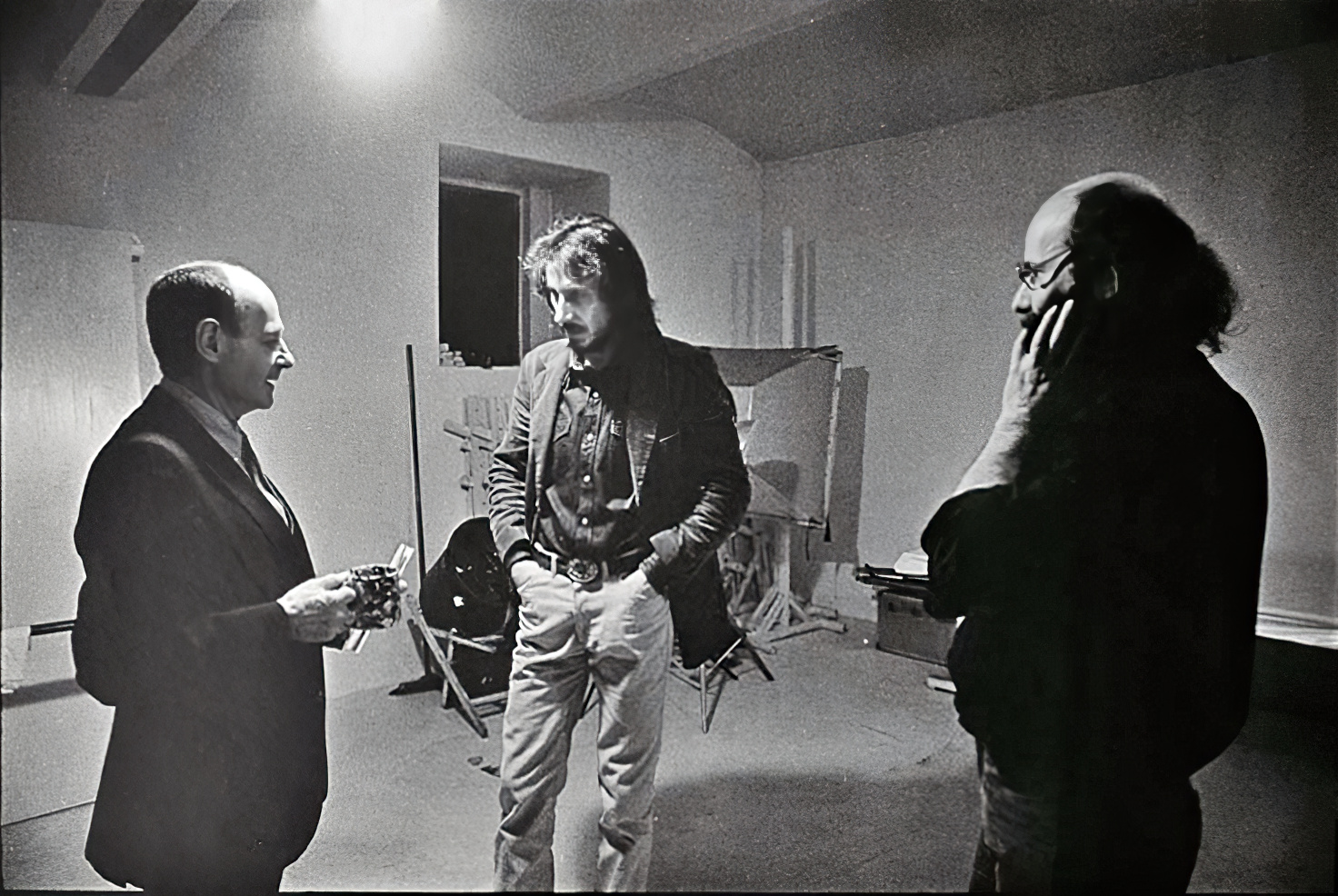
Irving Penn was an American photographer celebrated for his influential work in fashion photography, portraits, and still lifes. Penn's journey into photography began with a background in painting and design, studying at the Philadelphia Museum School of Industrial Art. He moved to New York and initially worked in design and illustration, which paved the way for his transition into photography. Notably, Penn's work at Vogue magazine for over six decades helped define the visual style of mid-20th-century fashion photography.
Irving Penn's mastery extended beyond the camera to the darkroom, where he experimented with various printing techniques, including the platinum-palladium process, which contributed to the depth and subtlety of his prints. His works, such as the "Cigarette" series and his still life compositions, are renowned for their minimalistic elegance and meticulous detail. Irving Penn's artistry was not confined to one genre; his "Earthly Bodies" nudes series and street material collection demonstrated his versatility and depth as an artist.
His contributions to photography are preserved and celebrated in numerous exhibitions and collections worldwide, including major museums like The Metropolitan Museum of Art, The Museum of Modern Art, and The Art Institute of Chicago. Irving Penn's legacy as a pioneering figure in photography continues to inspire artists and photographers today.
If you're a collector or an expert in art and antiques, staying updated on Irving Penn's works can be invaluable. To receive updates on new product sales and auction events related to Irving Penn, consider signing up for our newsletter. This way, you won't miss out on the opportunity to own a piece of photographic history.

Helmut Newton (born Helmut Neustädter) was a German-Australian photographer. The New York Times described him as a "prolific, widely imitated fashion photographer whose provocative, erotically charged black-and-white photos were a mainstay of Vogue and other publications."

Helmut Newton (born Helmut Neustädter) was a German-Australian photographer. The New York Times described him as a "prolific, widely imitated fashion photographer whose provocative, erotically charged black-and-white photos were a mainstay of Vogue and other publications."

Guy Bourdin was a French photographer and artist who is best known for his innovative and provocative fashion photography in the mid-20th century. He was began his career as a painter before turning to photography.
Bourdin's photographic style was characterized by his use of bold colors, surreal imagery, and provocative themes. He often incorporated elements of eroticism and violence into his work, challenging traditional ideas about beauty and femininity.
Bourdin's photographs were widely published in fashion magazines such as Vogue, and he became known for his collaborations with fashion designers such as Charles Jourdan and Issey Miyake. His work was highly influential, and he is considered one of the most important fashion photographers of the 20th century.
Bourdin's legacy as an artist and photographer continues to inspire new generations of artists. His innovative techniques and bold aesthetic continue to push the boundaries of fashion photography and have had a significant impact on contemporary art and culture.
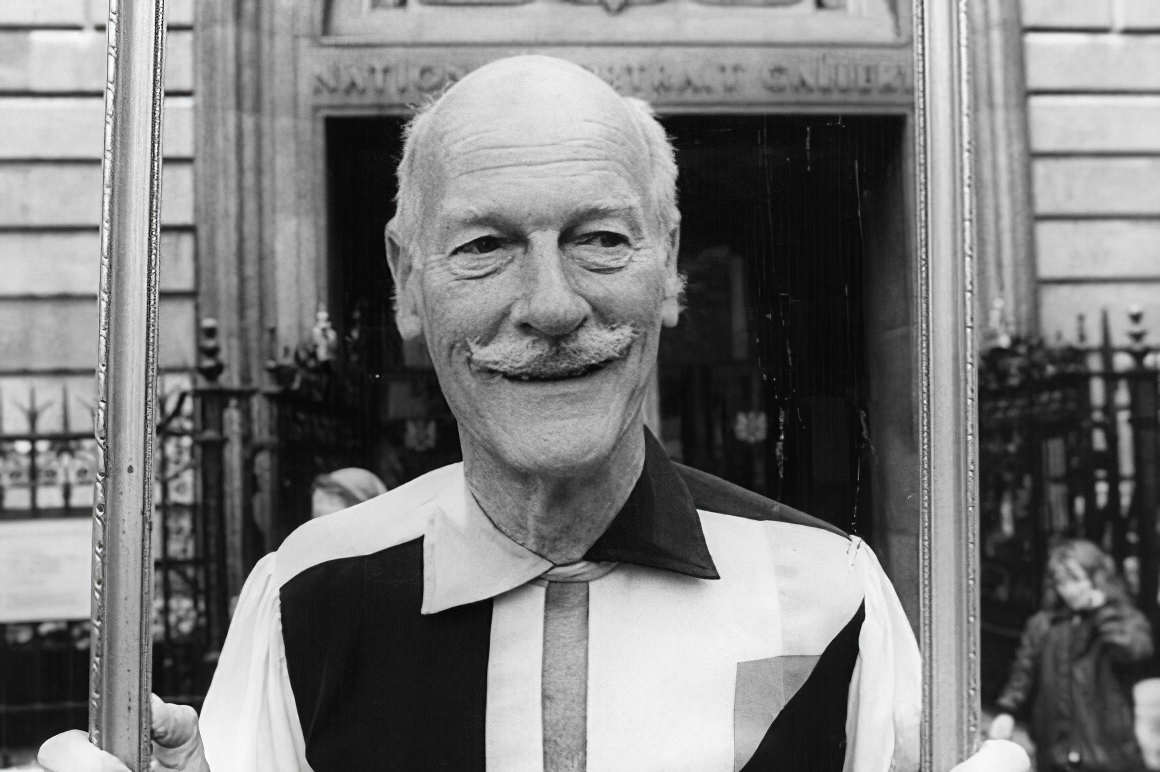
Norman Parkinson was a renowned British photographer who is considered one of the most influential fashion photographers of the 20th century. Parkinson began his career in the 1930s and continued to work until his death.
Throughout his career, Parkinson worked for numerous fashion magazines, including Vogue, Harper's Bazaar, and Queen. He was known for his use of vibrant colors and his ability to capture his subjects in dynamic poses and interesting settings. Parkinson's photographs often had a sense of humor and playfulness, and he was known for his ability to put his models at ease, resulting in natural and spontaneous photographs.
Parkinson's work has been exhibited in galleries and museums around the world, and he has been the subject of numerous books and documentaries. He received numerous awards throughout his career, including the Royal Photographic Society's Centenary Medal in 1985.
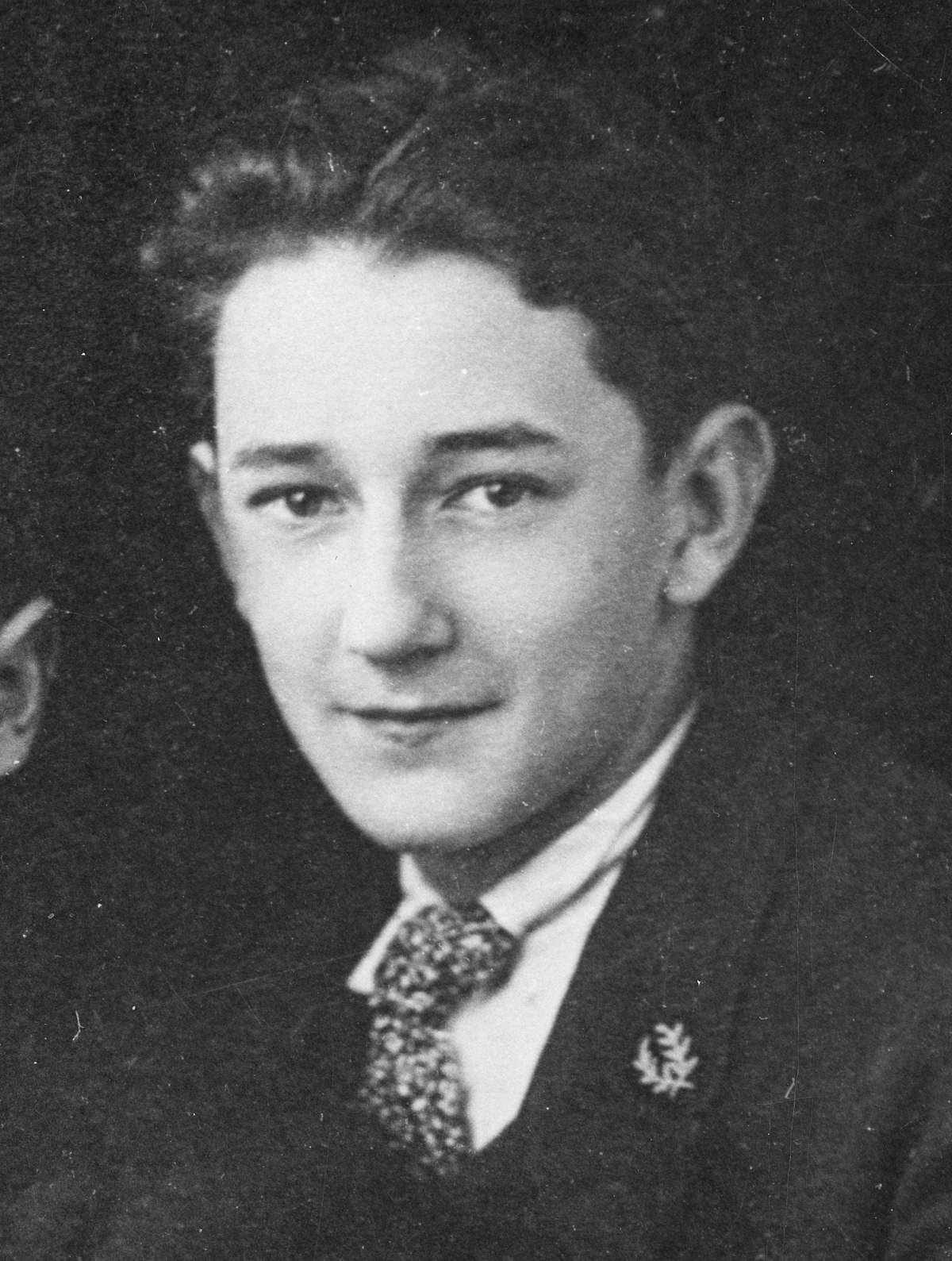
Fernand Fonssagrives, born Fernand Vigoureux, is a French and American fashion photographer.
As a young man he moved to New York and became one of the world's leading fashion photographers of the 1940s and 1950s, shooting for Vogue, Town and Country and Harper's Bazaar magazines. Fonssagrives' iconic works are photos of nude women with patterns of sun reflections on their skin. In a unique partnership with his wife, legendary model Lisa Fonssagrives, he created his most significant works.
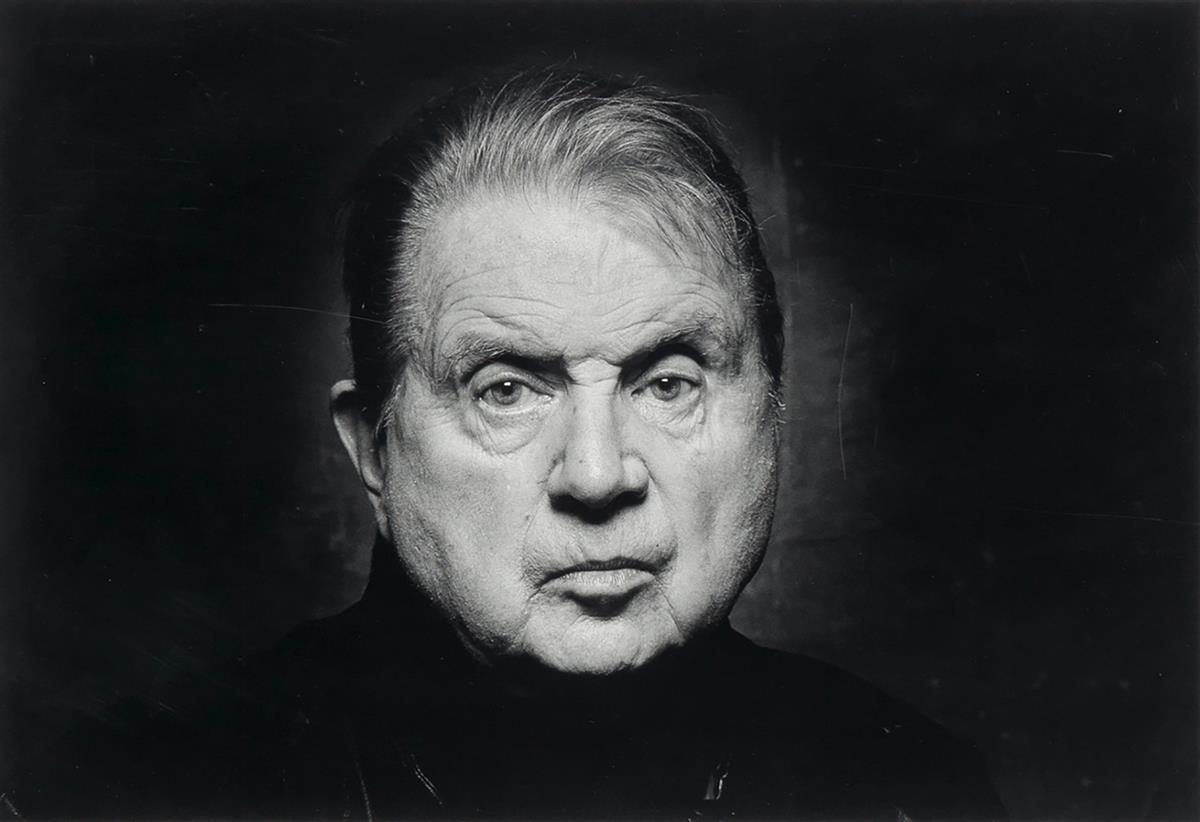
Francis Giacobetti is a French photographer and filmmaker.
In 1984 he began a series of celebrity photographs that included Federico Fellini, Stephen Hawking, Françoise Sagan, Philippe Starck, Yehudi Menuhin and others, over 200 in all. Known for being on the border between photography and painting, between craft and art, Francis Giacobetti has puzzled and delighted art masters with his series (Zebras, Iris, Anthem, numerous Bacon portraits). Like many photographers, he celebrates the beauty and perfection of the human body.
Giacobetti is also the director of the film Emmanuelle l'Antivierge (1975).
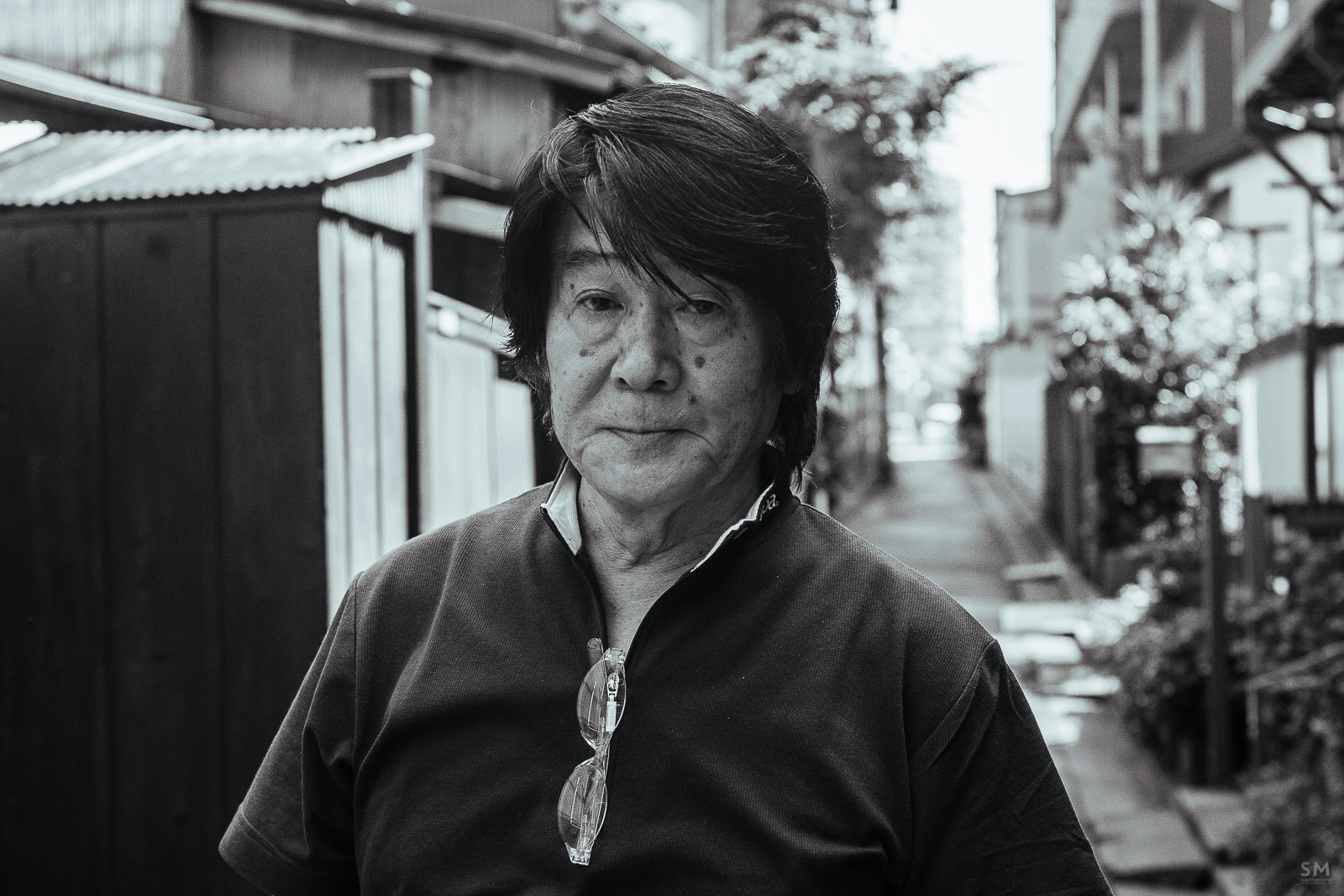
Daidō Moriyama (Japanese: 森山 大道) is a Japanese photographer best known for his black-and-white street photography and association with the avant-garde photography magazine Provoke. Moriyama’s rough, unfettered photographic style makes use of sharply tilted angles, grainy textures, harsh contrasts, and blurred movements to capture the rawness of human experience as seen through the photographer’s wandering gaze. Many of his well-known works from the 1960s and 1970s are read through the lenses of post-war reconstruction and post-Occupation cultural upheaval.
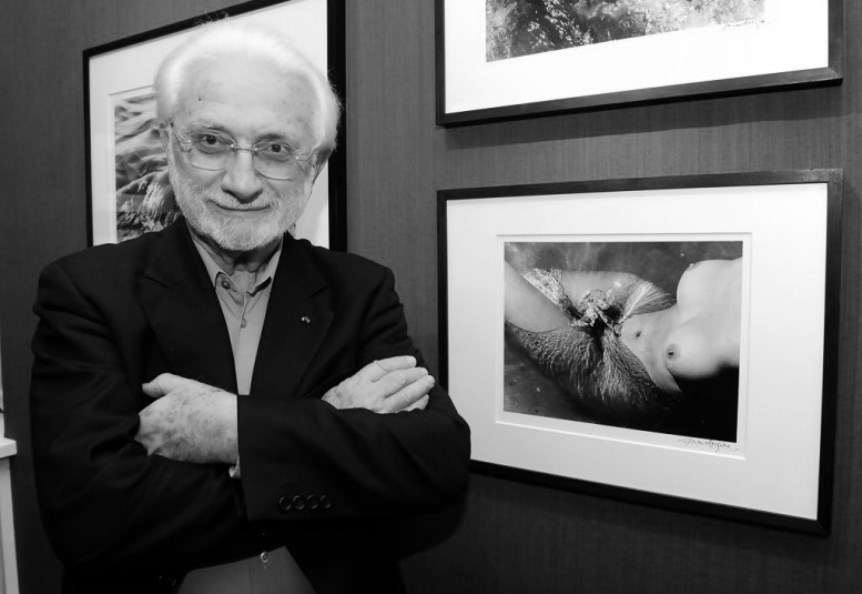
Lucien Clergue is a French photographer of black and white photography, the first photographer elected a member of the French Academy of Fine Arts.
Lucien Clergue is one of the most famous photographers in France and founder of the annual Arles Festival, which has become the main event in the world of artistic photography, attended by up to 100,000 people. His famous photographic works - modernist black and white studies of female nudes, harlequins, dead animals, gypsies and bullfighting - are considered exemplary of the photographer-artist. Clergue is also known for his friendship with Pablo Picasso, which lasted some 30 years, until the artist's death.
